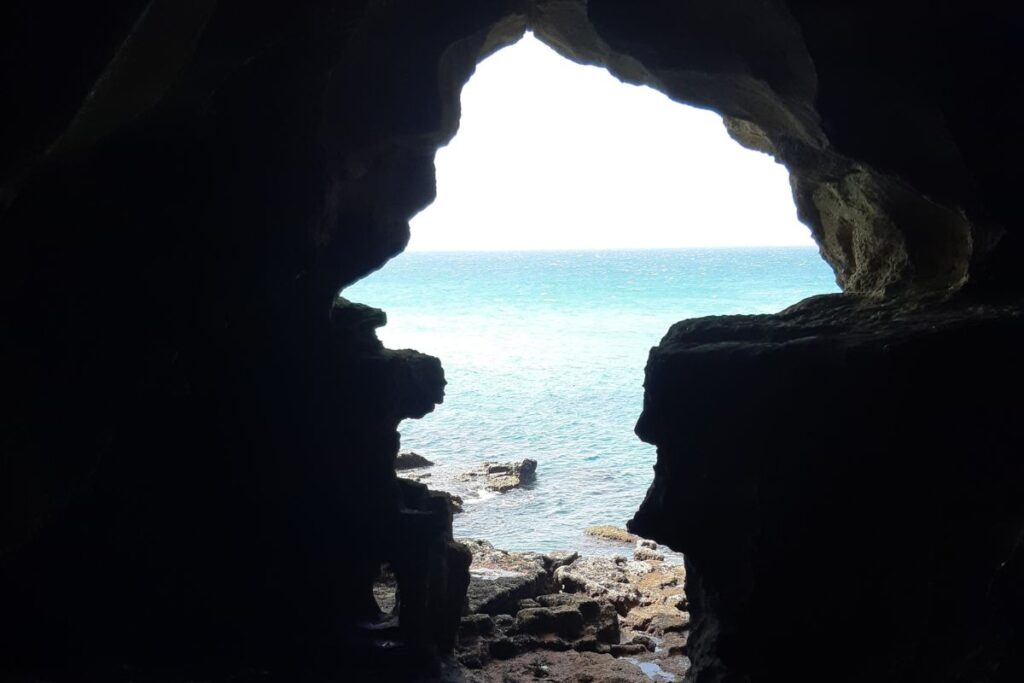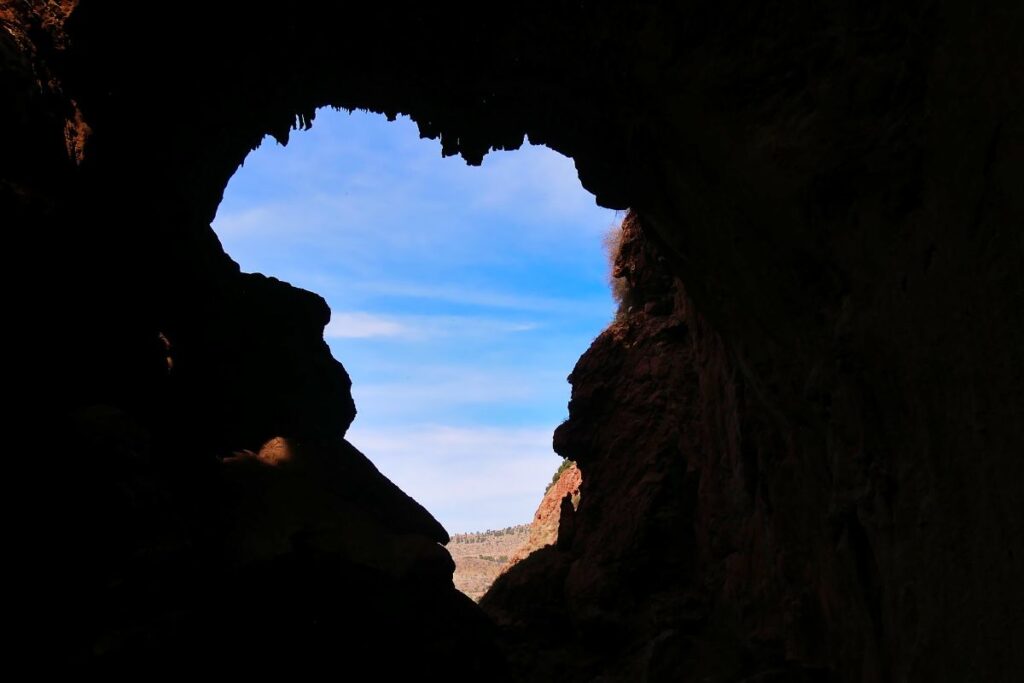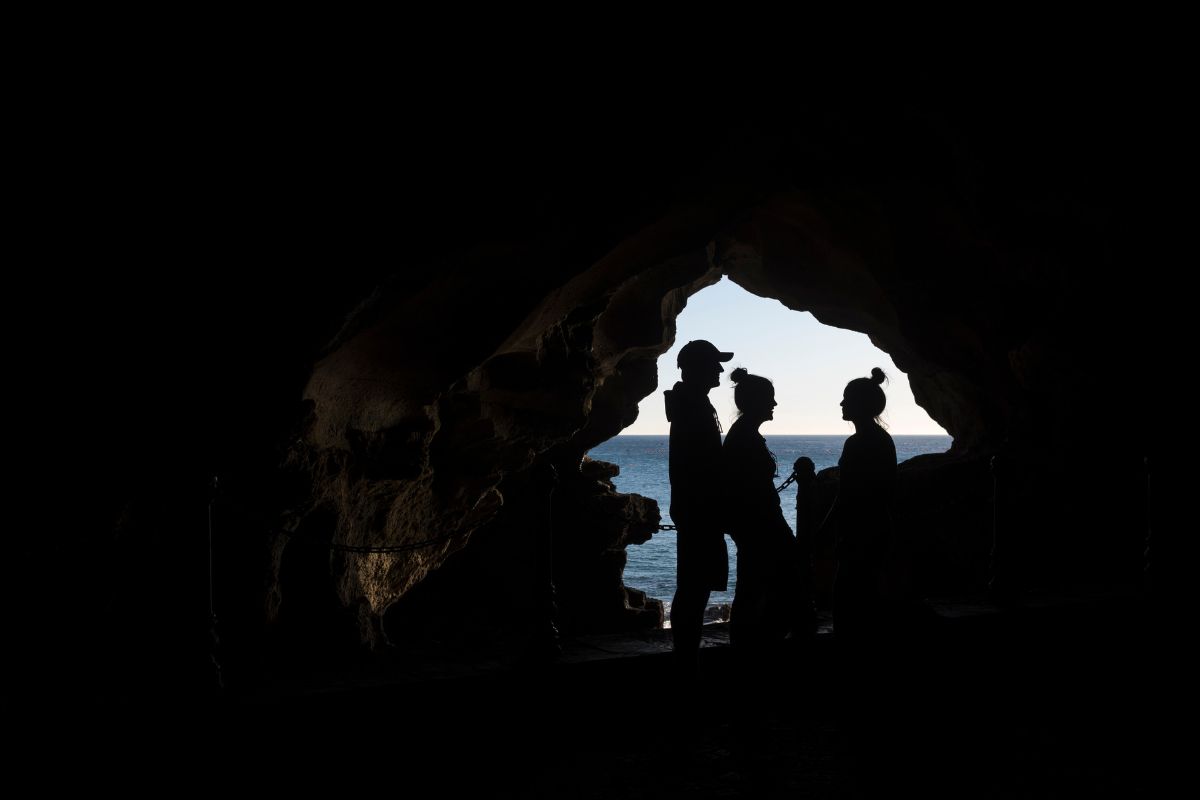Morocco, with its diverse landscapes and rich geological history, is a country teeming with hidden wonders. Among these marvels are its caves and natural cavities that have been formed over millions of years through various geological processes. These subterranean realms are not only breathtaking to behold but also host a wide array of unique and mysterious inhabitants. In this article, we’ll embark on a journey to explore Moroccan caves, unveiling the depths and the fascinating creatures that call them home.
Moroccan Caves: Unveiling the Hidden Wonders Below the Surface


The Geological Formation of Moroccan Caves
Moroccan caves owe their existence to a complex interplay of geological forces. The country’s geology is marked by the convergence of the African and Eurasian tectonic plates, resulting in the formation of mountain ranges, fault lines, and geological folds. These geological phenomena have played a significant role in the creation of caves throughout Morocco.
One of the most common types of caves found in Morocco is limestone caves. Limestone, a sedimentary rock, is particularly susceptible to erosion by water. Over time, as rainwater seeps through the ground, it dissolves the limestone, creating passages and chambers below the surface. This process, known as karstification, has led to the formation of numerous limestone caves in Morocco.
Exploring the Moroccan Caves
Moroccan caves offer a wide range of experiences for adventurers and scientists alike. Some caves are easily accessible, while others require specialized equipment and training to explore safely. Here are a few notable caves worth exploring:
- The Hercules Cave (Cave of Hercules): Located near the city of Tangier, the Hercules Cave is a natural wonder that has attracted visitors for centuries. It is renowned for its awe-inspiring entrance, which resembles the outline of Africa when viewed from the inside. The cave is steeped in mythology, with legends suggesting that it was once the lair of the mythical hero Hercules.
- Friouato Cave: Nestled in the Middle Atlas Mountains, the Friouato Cave is one of the deepest and most extensive caves in North Africa. It boasts a network of tunnels and chambers that extend over 2,000 meters into the Earth. Friouato Cave‘s magnificent stalactites and stalagmites create a surreal underworld landscape.
- Imi-n-Ifri: Also known as the “Mouth of the Cave,” this cave is situated near the city of Demnate. Imi-n-Ifri is famous for its natural bridge, which spans a deep chasm and is adorned with lush vegetation. Imi-n-Ifri holds cultural significance for the local Berber population and has been a site of worship for generations.
- Tizgui Cave: Located in the High Atlas Mountains, the Tizgui Cave is another notable destination for spelunkers and adventure seekers. This cave features intricate formations and underground waterways, making it a captivating underground world to explore.
The Enigmatic Inhabitants of Moroccan Caves
Moroccan caves are not just geological wonders; they are also ecosystems in their own right, inhabited by a fascinating array of creatures that have adapted to the subterranean environment. Some of these cave-dwelling organisms include:
- Bats: Moroccan caves provide critical roosting sites for various bat species. Bats play a crucial role in local ecosystems by helping control insect populations and pollinate plants.
- Cave Fish: Cave-adapted fish species can be found in some underground rivers and pools. These fish have evolved to thrive in the darkness of the caves and have adapted to their unique habitat.
- Cave Crickets: These small, wingless insects are commonly found in Moroccan caves. They feed on organic matter that washes into the caves and are an important part of the cave ecosystem.
- Blind Salamanders: You can find blind salamanders in a few of Morocco’s deeper and more isolated caves. These amphibians have lost their sight due to the perpetual darkness of the cave environment.
Conservation and Preservation Efforts
The delicate ecosystems within Moroccan caves are highly vulnerable to human activities and disturbances. As a result, there has been an increased focus on cave conservation and preservation efforts. Many caves in Morocco are now protected areas, and access is restricted to prevent damage to the fragile environments and their inhabitants.
Scientists and researchers continue to study the unique life forms within these caves better to understand their adaptations and contributions to the broader ecosystem. Additionally, efforts are underway to raise awareness about the importance of cave conservation and responsible cave exploration.
Moroccan caves are more than just geological curiosities; they are windows into a hidden world of natural beauty and adaptation. As we explore the depths of these caves, we gain a deeper appreciation for the intricate geological processes that have shaped them and the remarkable creatures that have made them their home.
Whether you’re an avid caver, a nature enthusiast, or simply curious about Morocco’s wonders, exploring its caves offers a thrilling and educational adventure that reveals the hidden depths of the Earth and the secrets of its subterranean inhabitants.
